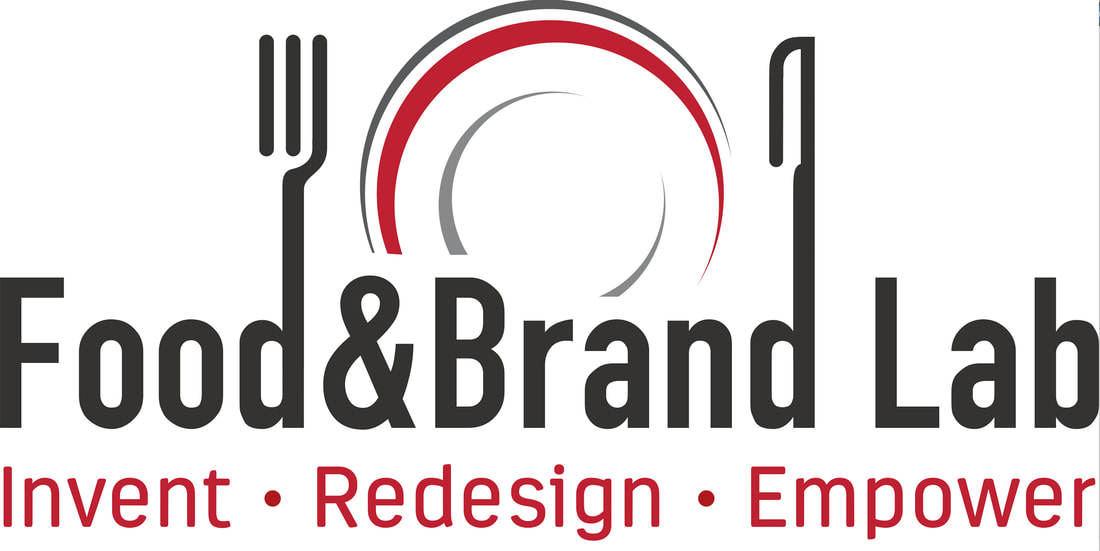Resources
Feel free to download and use any of the graphics, illustrations, videos, and resources on the page for educational purposes and with credit.
This work is licensed under a Creative commons Attribution-NonCommercial-NoDerivatives 4.0 International License.
|
SummaryWhat determines whether a person perceives an eating occasion as a meal or snack? The answer may influence what and how much they eat on that occasion and over the remainder of the day.
We explored which environmental elements might be most associated with the perception of a meal or a snack and thus, intake. First, we conducted seven structured interviews with students and staff ranging from age 19 to age 58 in order to explore a wide range of cues that people may use to diagnose eating episodes as snacks or meals. We then conducted a survey of 122 participants using a questionnaire based on the most relevant responses from the structured interviews. The results from these surveys indicated that eating episodes were more likely to be viewed as meals if the person was eating with their family rather than alone, if they were sitting down, and if the eating episode lasted approximately 30 minutes rather than 10 minutes. Additionally, eating episodes that involved ceramic plates versus paper plates or cloth napkins versus paper napkins were more likely to be seen as meals. If there was a higher quality and quantity of food in a larger portion, an eating episode was most likely considered a meal. For example, eating episodes involving healthier, more expensive, and prepared rather than packaged foods were considered to be meals. Moods also drove perception of eating episodes: boredom and impulsiveness were associated with snacks and happiness was associated with meals. These results are significant because an improved understanding of how we perceive meals versus snacks can be key in helping people eat less and more healthfully. These environmental eating cues can be used to manipulate how much one eats during a potentially ambiguous dining situation. Wansink, Brian, Collin R. Payne, and Mitsuru Shimizu (2010). 'Is This a Meal or Snack?' Situational Cues that Drive Perceptions. Appetite, 54(1), 214–216. doi:10.1016/j.appet.2009.09.016 | ||||||
